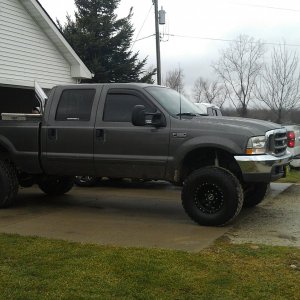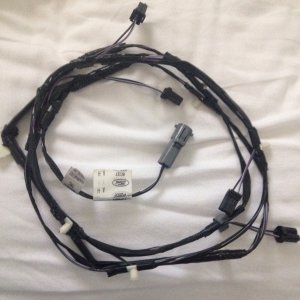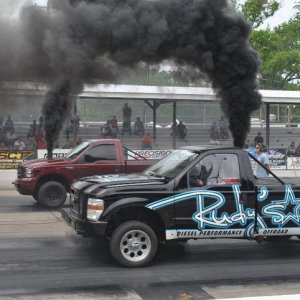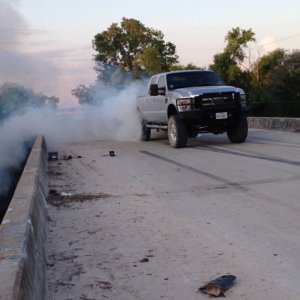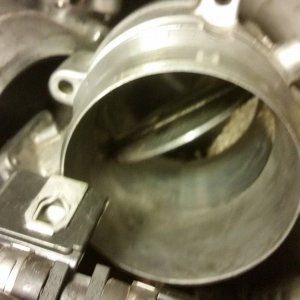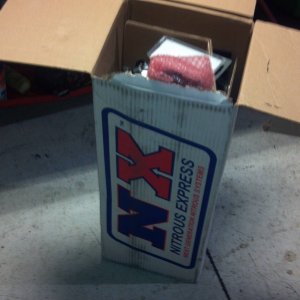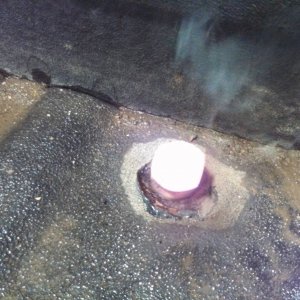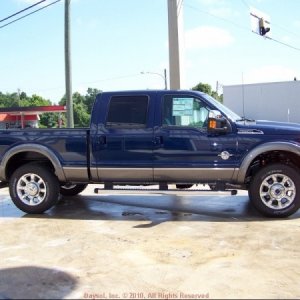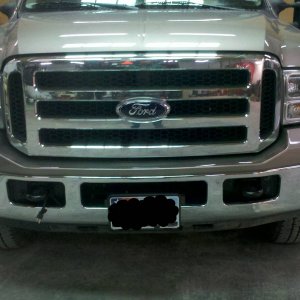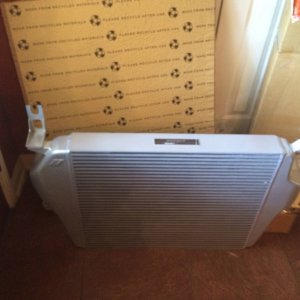I would suggest some common sense/simple physics would help answer the debate as well. The stud bottoming out and/or hydro locking fluid in the closed hole (causing pressure within the hole or adding extra strain on the block threads) with such force to tear the block over the tension of stock head bolts is a myth. For starters, (ARPs) the top of the stud (head side) is a fine thread and the block side is coarse. The shallow angle of fine threads will always turn before coarse threads once there is significant tension. The resistance of a fine thread is much less than coarse. Secondly, the fine thread top side uses a highly engineered/refined torquing lubricant meant for high pressure and the lowest coefficient of friction possible. While the course end doesn't use anything special (engine oil, thread sealer, ect). Although a thread sealer is most common now to combat the crack. No matter how tight the fastener nut is torqued, the stud is not going to spin and torque itself into the block adding significant pressure in the hole or block threads. If that were the case you would need a pipe wrench to remove the stud from the hole next time the heads come off. The most that could happen is the stud would touch bottom before enough finger tight tension is on the stud but stop there. The fine threads would have to be severely deformed to torque the stud in the block.
The crack is clearly product of the lesser amount of material around those holes. Also a possible but unlikely contributor is the expansion/contraction rate of the studs within the block. The studs maybe pushing harder on the walls than a stock bolt at operating temp.
Something else to consider like mentioned above is the studs use a fine thread and specific torquing lube, therefore for the same amount of stock head bolt torque applied to an ARP stud would yield a much, much higher clamping force (i.e. tension on the block threads). So when were torquing these studs to 100ft/lb? more than stock, were putting absolutely massive tension on the block.



